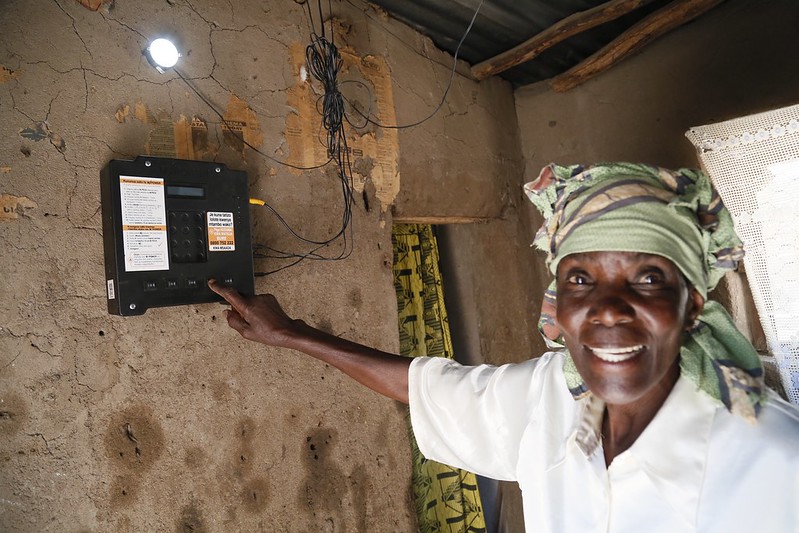 In 2023, Husk Power Systems, an Indian-origin company, announced a $500,000 funding grant from Acumen’s Hard-to-Reach (H2R) initiative to help bring clean and affordable electricity to people in the Democratic Republic of Congo (DRC). With its focus on supporting clean and affordable energy to almost 80 million people in rural African areas, it aims to deploy 2,500 mini-grids across Africa by 2030. Since its launch in 2008 by Indian entrepreneur Manoj Sinha, the “Africa Sunshot” project has emerged as one of the most significant initiatives in the company’s history. It underscores Husk Power Systems’ commitment to providing affordable energy to rural communities, not only in India and Asia, where the company has been actively operating, but also in Africa, where it is now making a transformative impact.
In 2023, Husk Power Systems, an Indian-origin company, announced a $500,000 funding grant from Acumen’s Hard-to-Reach (H2R) initiative to help bring clean and affordable electricity to people in the Democratic Republic of Congo (DRC). With its focus on supporting clean and affordable energy to almost 80 million people in rural African areas, it aims to deploy 2,500 mini-grids across Africa by 2030. Since its launch in 2008 by Indian entrepreneur Manoj Sinha, the “Africa Sunshot” project has emerged as one of the most significant initiatives in the company’s history. It underscores Husk Power Systems’ commitment to providing affordable energy to rural communities, not only in India and Asia, where the company has been actively operating, but also in Africa, where it is now making a transformative impact.
Husk Power Systems Profile
In 2023, Time recognized Husk Power Systems founder and CEO Manoj Sinha as one of the most influential business leaders in climate and as a World Economic Forum Young Global Leader. Sinha, passionate about solving energy access challenges in rural areas through innovative microgrid solutions, has been working for decades to address these issues. He co-founded Husk Power Systems in 2008 alongside partners Gyanesh Pandey and Ratnesh Yadav. Headquartered in Fort Collins, Colorado, with offices in rural areas across Asia and Africa, the company has been launching energy power plants since its inception.
Positioning itself as an energy company dedicated to providing affordable energy solutions to rural areas, Husk Power Systems adopts a pay-as-you-go model, offering flexible, 100% renewable energy solutions. The company focuses on meeting the needs of households, small businesses and community services, ensuring reliable and sustainable power access. Additionally, Husk Power Systems maintains a strong focus on enabling a rapid and cost-effective energy transition. The company aims to align with not only national Indian electrification goals but also global targets, expanding its reach into Asian and, particularly, African markets.
Empowering the African Energy market
Husk Power Systems now has more than 200 operational sites in Africa and Asia, with an average of 16 mini-grids per month. As of 2022, the company was present in 12 communities in Nigeria, with a plan of “nearly 100 additional microgrids for future development.” In addition to providing innovative energy solutions, the company has created 130 jobs, including 80 full-time positions, as of 2023. Under its Africa Sunshot Initiative, Husk Power aims to deploy 2,500 operational mini-grids across six African regions over the next five years, expanding beyond Nigeria and Congo to areas like Nairobi and beyond.
While focusing on innovative energy solutions in Africa with a $2.5 million investment from the International Finance Corporation (IFC), Husk Power Systems also addresses the lack of electricity that limits opportunities for small businesses, agriculture and entrepreneurship. By providing reliable energy, they enable businesses to operate longer hours, increase productivity and create job opportunities in local communities.
Rural Gentrification and Development
Since 2008, Husk Power Systems has provided 400,000 homes and local businesses in rural communities with innovative electricity systems and has no intentions to stop developing innovative electricity solutions in the most vulnerable areas in Africa and Asia. Due to the company’s relentless and intensive work, starting from 2015, Husk Power Systems started to use hybrid systems that allow it to generate power 24/7 by synchronizing dollar and biomass gasification power plants. “Sunshot” project followed by another significant project “Husk Power Systems Investment” where company has decided to expand its work in rural areas of Sub-Saharan Africa and South Asia powered up by equity investment totalling $43 million coming from International Development Finance Corporation (DFC) and Proparco showed the companies fast growing development and further movements towards the expanding of gentrification in needed areas.
Focusing on gentrification solutions enables companies to branch into connected ideas for enhancing employment in rural African and Asian areas. In addition to achieving high employment rates and fostering a friendly work environment, companies aim to create supportive training schemes that promote career growth for employees. By offering extensive management and technical skills training, the company nurtures talent both globally and locally, creating employment opportunities for a diverse audience.
Looking Ahead
With its fast-growing solutions, innovative approach and development of employment opportunities, Husk Power Systems demonstrates how true dedication and steady determination can transform rural areas, revitalizing their vulnerable economies and infrastructure. And while it begins with one man’s desire to change the world for the better, it eventually unites millions of dollars in investments, thousands of professionals and two continents to achieve its goal of gentrification for a brighter future.
– Liubov Linnyk
Liubov is based in London, UK and focuses on Business and Technology for The Borgen Project.
Photo: Flickr
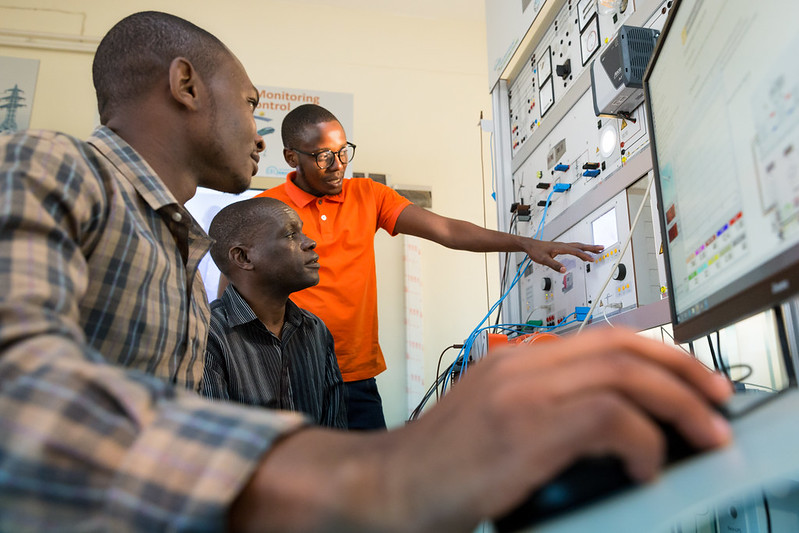
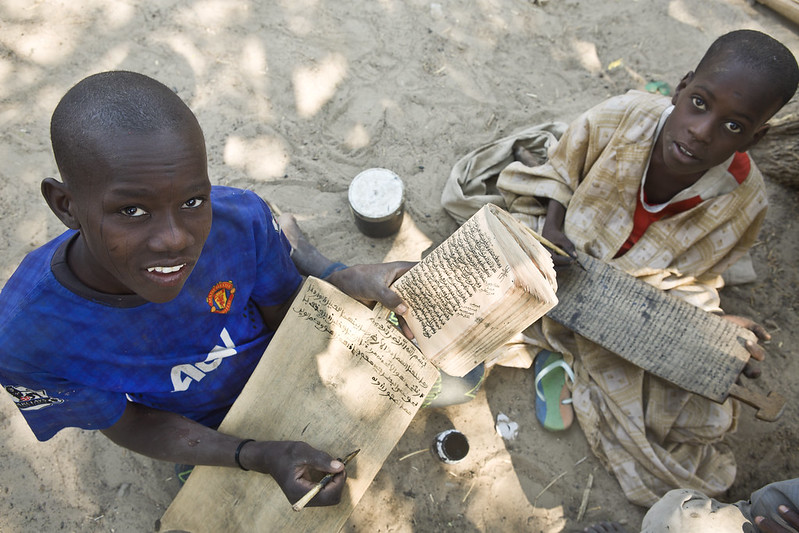

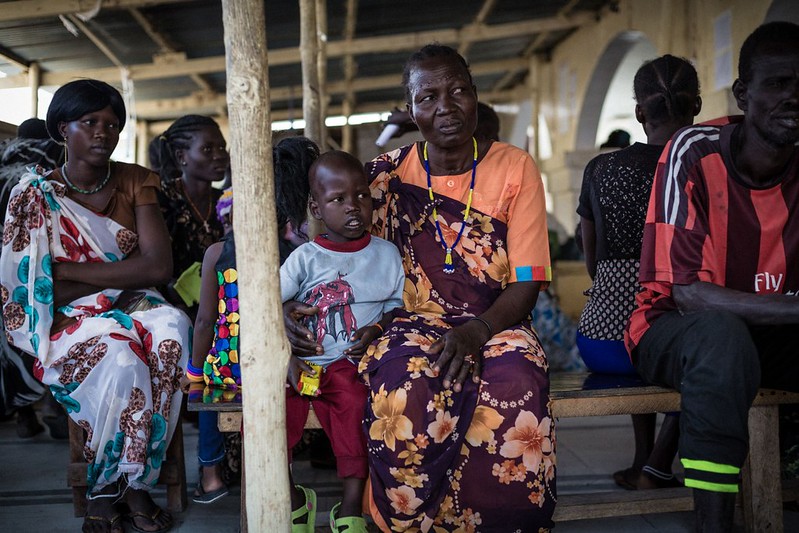
 After the battle began in April 2023, the current state of affairs
After the battle began in April 2023, the current state of affairs 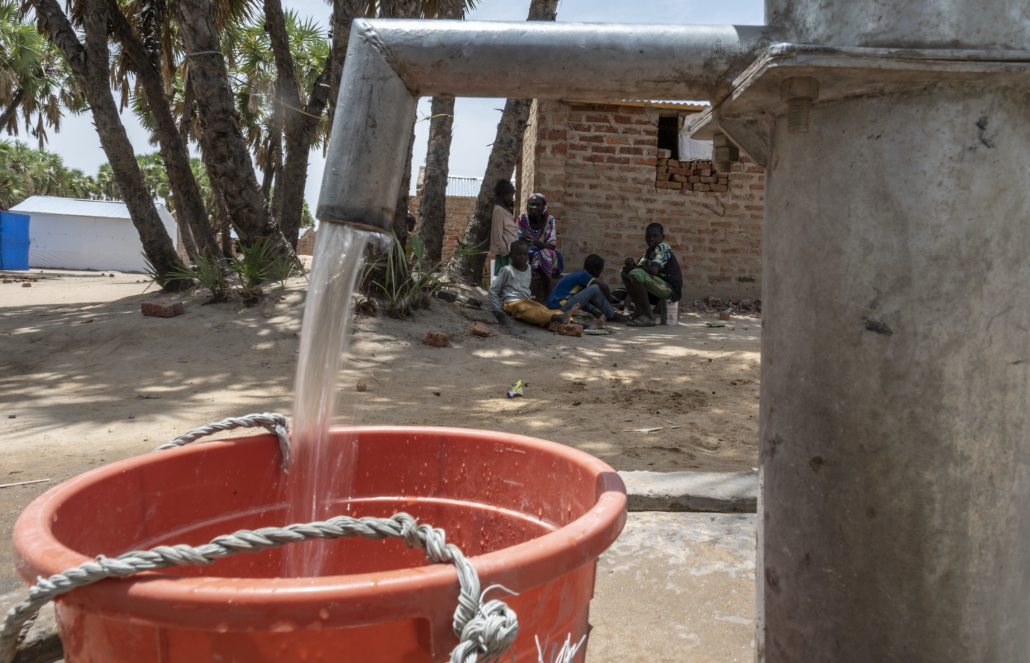
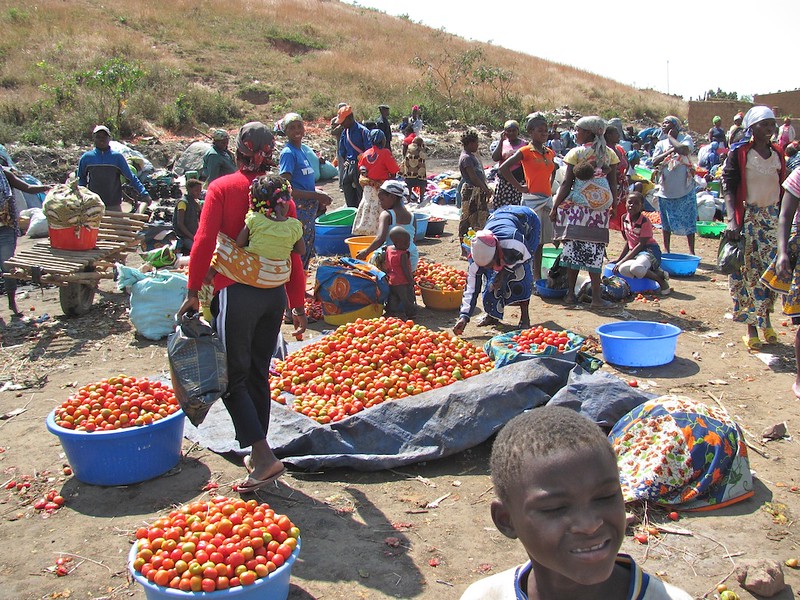
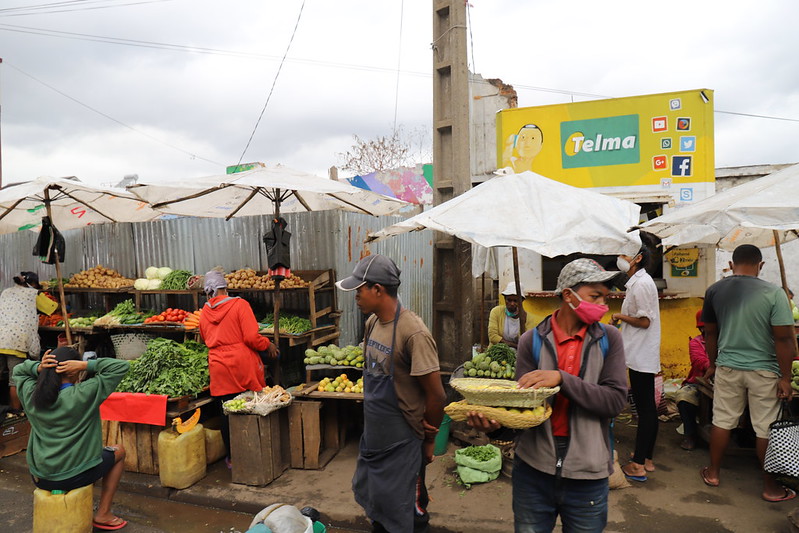
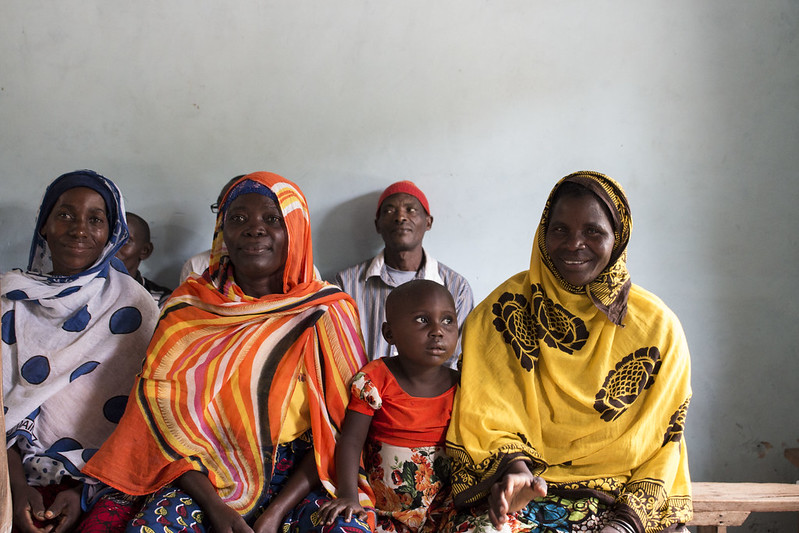 The women of the Maasai tribe in Arusha,
The women of the Maasai tribe in Arusha, 